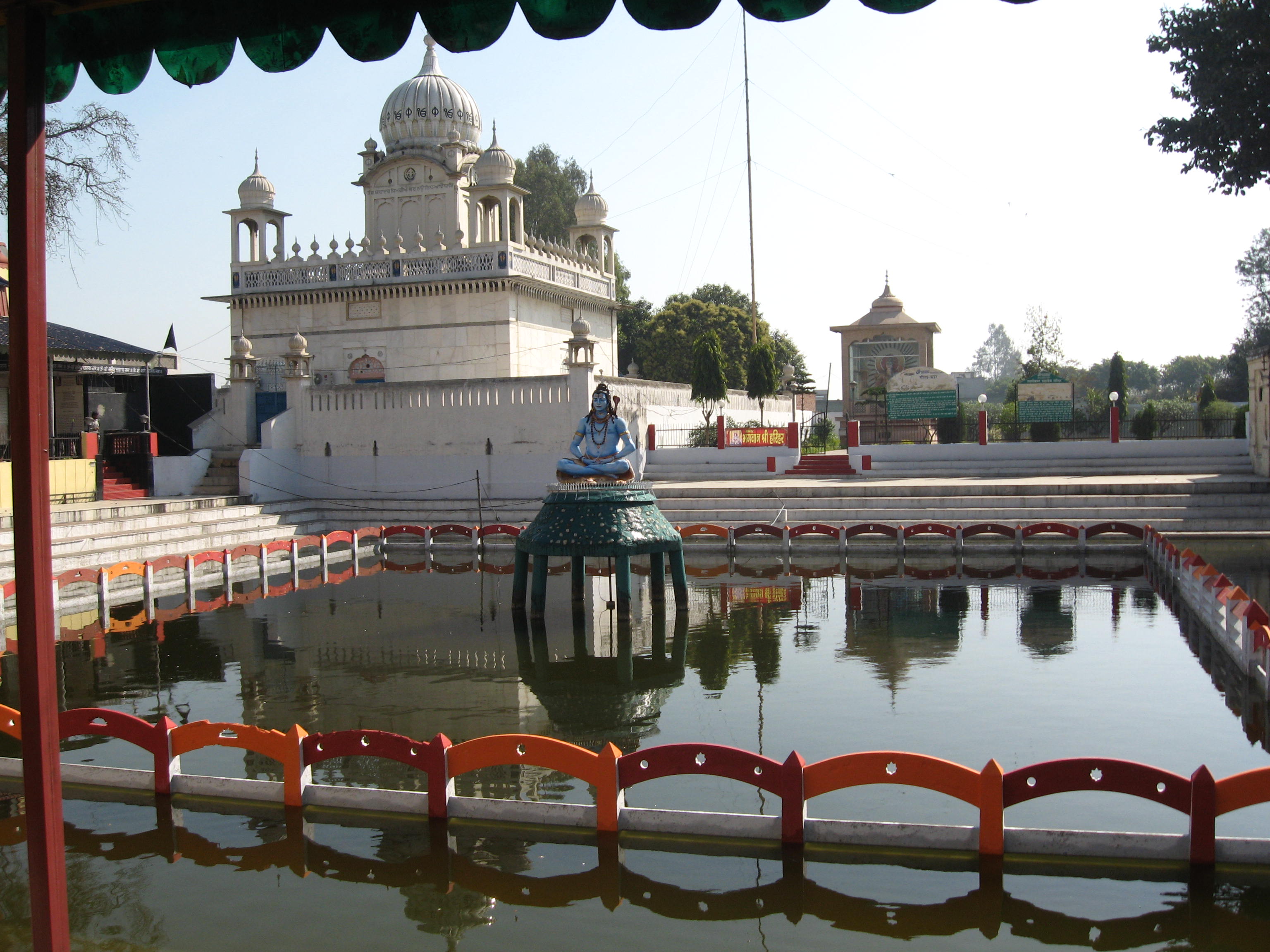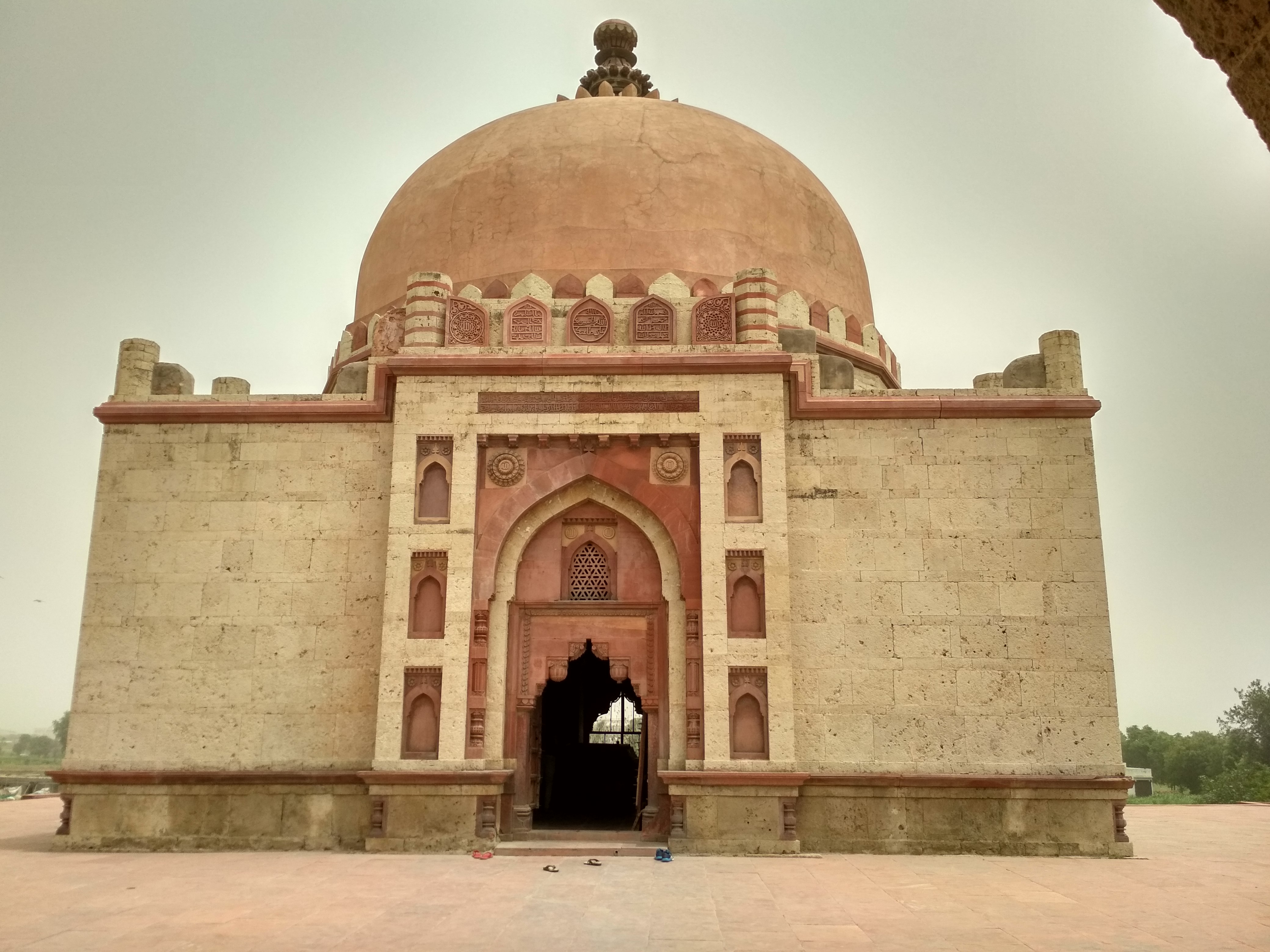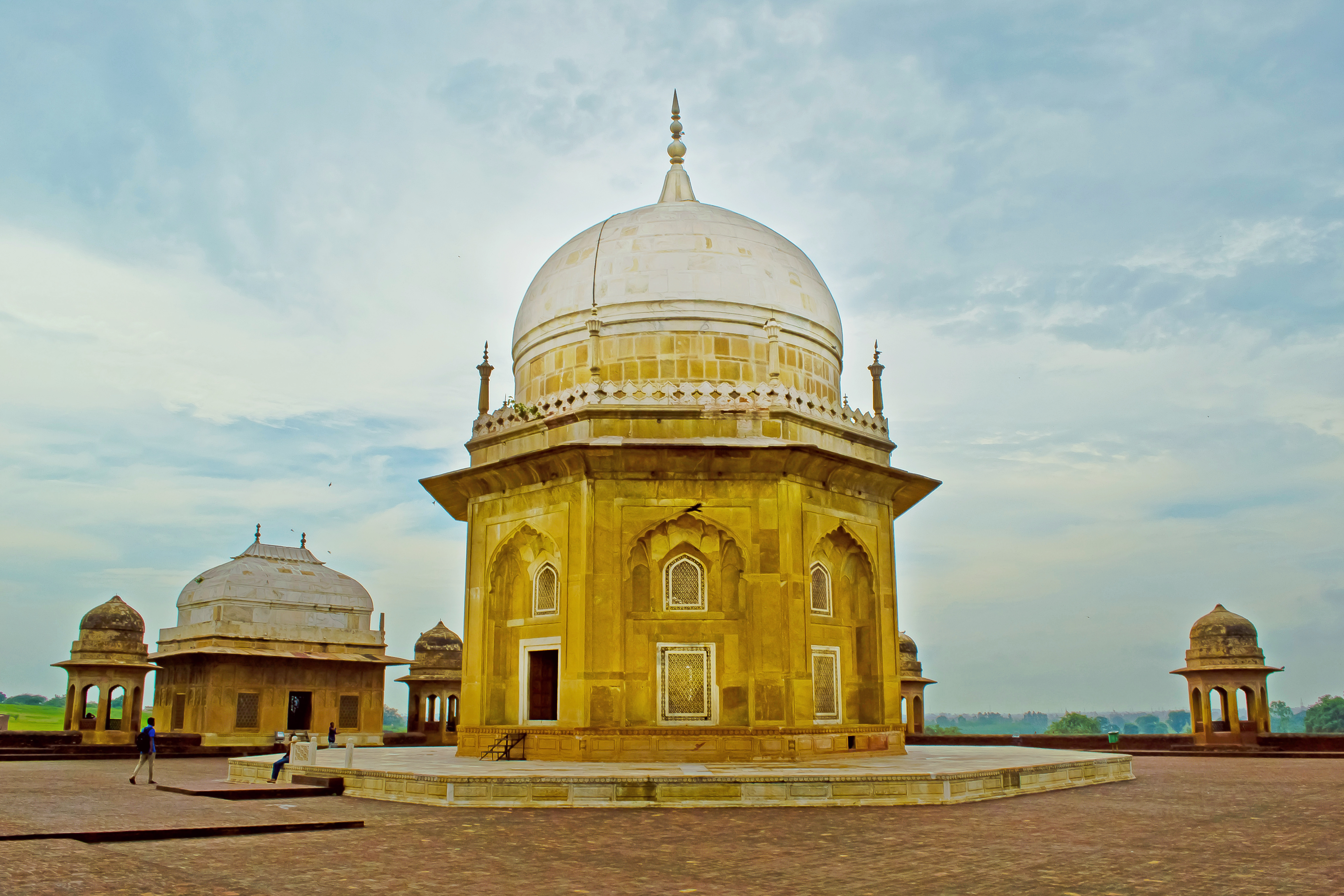Karan Ka Tila represents a profound archaeological treasure nestled within the legendary landscape of Kurukshetra, a region steeped in mythological and historical significance. Located southwest of Thanesar, this archaeological site offers a remarkable window into the complex cultural evolution of ancient India, spanning multiple historical periods from the 4th century BC to the 3rd century AD.
The site's archaeological importance becomes evident through extensive excavations conducted by pioneering researchers like Alexander Cunningham and D.B. Spooner of the Archaeological Survey of India. These investigations revealed intricate layers of material culture, including distinctive Painted Grey Ware, terracotta seals, and various antiquities that provide tangible connections to early Indian civilizations. Such discoveries illuminate the sophisticated material and cultural practices of ancient populations inhabiting this region.
Contextualizing Karan Ka Tila within Kurukshetra's broader historical narrative requires understanding its deep mythological roots. The region is intrinsically linked to the epic Mahabharata, serving as the legendary battlefield where the momentous conflict between Kauravas and Pandavas unfolded. This spiritual landscape, known as "Dharmakshetra" or the "Realm of Duty," carries profound philosophical and cultural significance that transcends mere geographical boundaries.
Archaeological evidence suggests multiple phases of occupation and cultural transformation at the site. The early periods witnessed the use of Painted Grey Ware, strongly associated with Aryan settlements, while later medieval periods saw construction techniques involving Lakhauri bricks and lime plaster. These architectural transitions reflect the dynamic cultural exchanges and technological developments that characterized the region's historical trajectory.
The broader Kurukshetra region has experienced numerous political transformations, transitioning through various imperial systems including the Mauryan, Gupta, and subsequent dynasties. Each historical epoch left distinctive imprints on the cultural landscape, contributing to a rich, multilayered historical narrative. The site's significance extends beyond mere archaeological artifacts, representing a complex tapestry of social, religious, and political interactions.
Despite its immense historical value, Karan Ka Tila remains relatively understudied compared to more prominent archaeological sites. Its location near Kurukshetra University provides researchers and historians continued opportunities for exploration and understanding. The site's preservation under governmental protection ensures that future generations can engage with this crucial fragment of India's archaeological heritage.
The modern understanding of Karan Ka Tila is shaped by ongoing archaeological research and conservation efforts. Government initiatives, particularly those undertaken by the Haryana Government and the Kurukshetra Development Board, aim to integrate historical sites like this into broader cultural preservation and educational frameworks. These efforts recognize the site's potential not just as an archaeological location, but as a critical educational resource for understanding India's complex historical narrative.
Contemporary scholarly perspectives increasingly emphasize the need to view archaeological sites like Karan Ka Tila holistically. Rather than isolated historical artifacts, these locations represent dynamic spaces where multiple cultural, social, and technological narratives intersect. Continuing research promises to unveil further insights into the rich, complex history of this remarkable archaeological site and its broader regional context.





